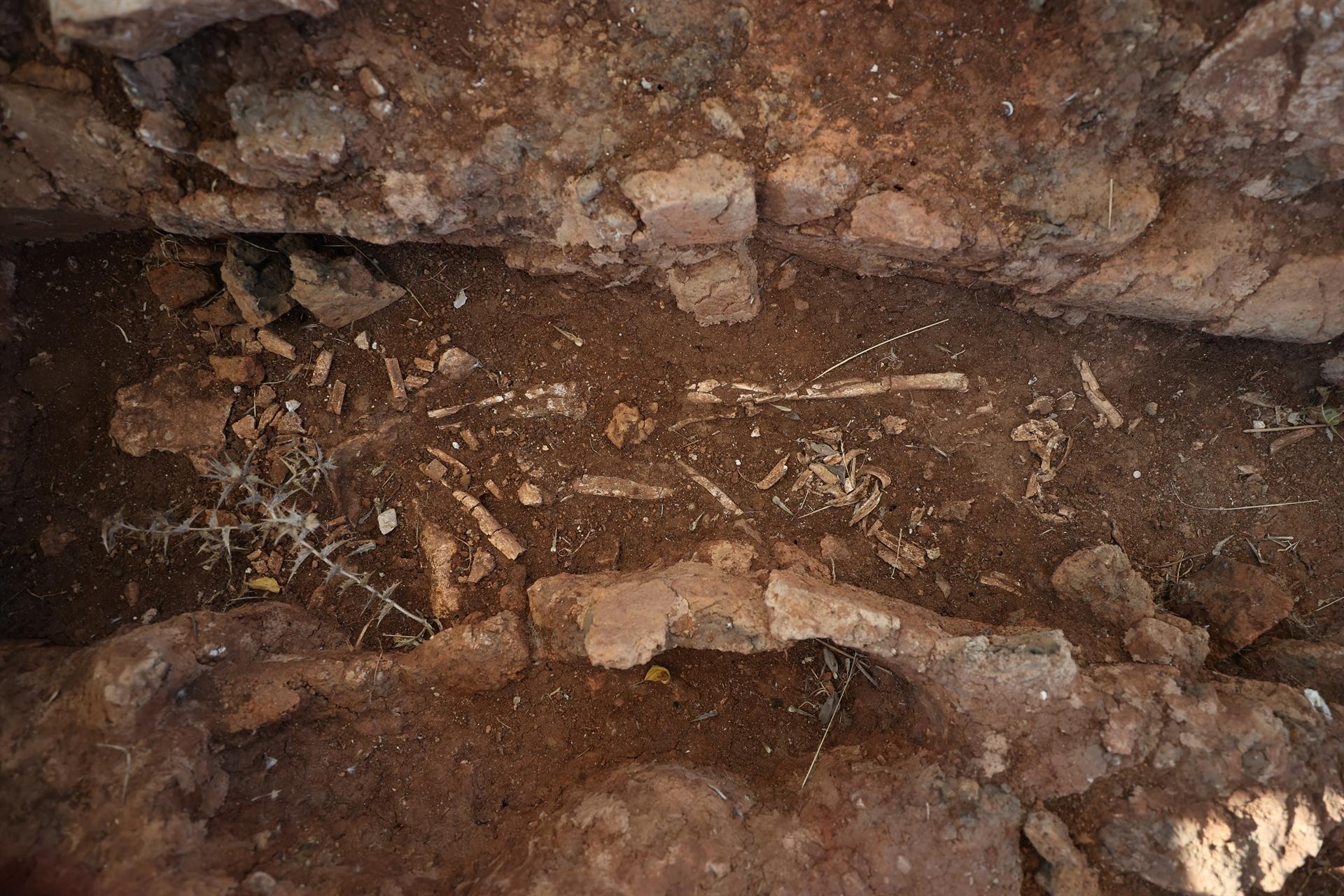
The necropolis (cemetery) of the ancient city of Apollonia ad Rhyndacum will be opened to tourism in the northwestern province of Bursa’s Nilüfer district as “Little Venice.”
Restoration works have been carried out in the area following the necropolis excavation, which was completed under the scientific consultancy of Bursa Uludağ University (BUÜ).
Different types of tombs and skeleton samples can be seen in the necropolis, located just outside the city in Gölyazı, and served for a long time from the Hellenistic period to the Byzantine period.
The scientific advisor of the excavation, Professor Derya Şahin, a faculty member at BUÜ Archeology Department, told state-run Anadolu Agency that the necropolis is located outside the main entrance, called the stone gate, where the walls of the ancient city begin.
“Some of the graves had been frequently destroyed by treasure hunters before. This is why excavations were carried out quickly in a two-year period here and 28 tombs were opened,” Şahin said.
Noting that the graves have different characteristics and some of them are family cemeteries, Şahin said that the family cemetery was surrounded by a special wall and that there were tombs carved into the rock and made in the form of sarcophagi.
“We found that in some of the graves, the body was burned by using very little wood material at the place where it was buried. Although this type of burial, called “primary cremation,” is common in Western Anatolia, we see that the best examples are preserved here. There are tomb types in which many different burial practices were made. Among the finds are burial structures with numerous medical instruments and tear bottles, which are believed to have belonged to a doctor. Apart from that, there is an inscribed tomb with a Hermes relief on it. There is also a tomb with libation feature at the entrance of the necropolis; a liquid offering is made on its long face of the tomb by making holes on both sides of the tomb. It is possible to see examples of them here.”
[HH] Skeletons are the best-preserved samples
Giving information about the skeletons in the necropolis, Şahin stated that they preserved the skeletons as they were, since they would suffer great destruction if they were removed.
“At the same time, these skeletons were specifically left in their place so that visitors could get an idea of the tombs and their features. Because we say that some burials are cremated and buried. Therefore, the skeletons are the best-preserved examples,” she said.
Şahin emphasized that their aim is not to remove and take away the finds, but to protect the tombs and their structures in their original place.
Stating that they plan to open the necropolis area as a whole and show the finds on the information boards, Şahin said, “By showing the dates of the tombs and the finds inside, we want to provide people with an idea about the beliefs about death and the afterlife in the ancient world at that time and make it more understandable.”
Stating that a walking path was planned during the restoration and the graves were covered, Şahin added that the area will be opened to visitors very soon after the information boards are made.
The ancient city of Apollonia, today’s Gölyazı, was established in the 4th century B.C. The city, which was initially attached to the Bithynia Prelacy during the Byzantine period, afterwards was attached to Nicomedia (İzmit) and the Kios (Gemlik) Prelacy. In this period the city was named Theotokia.
When the Ottomans won the Bafeum War in 1302, they took refuge in Lopadion and came before Apollonia ad Ryndacum for the first time.
Its name was changed to Gölyazı in the Republican period.